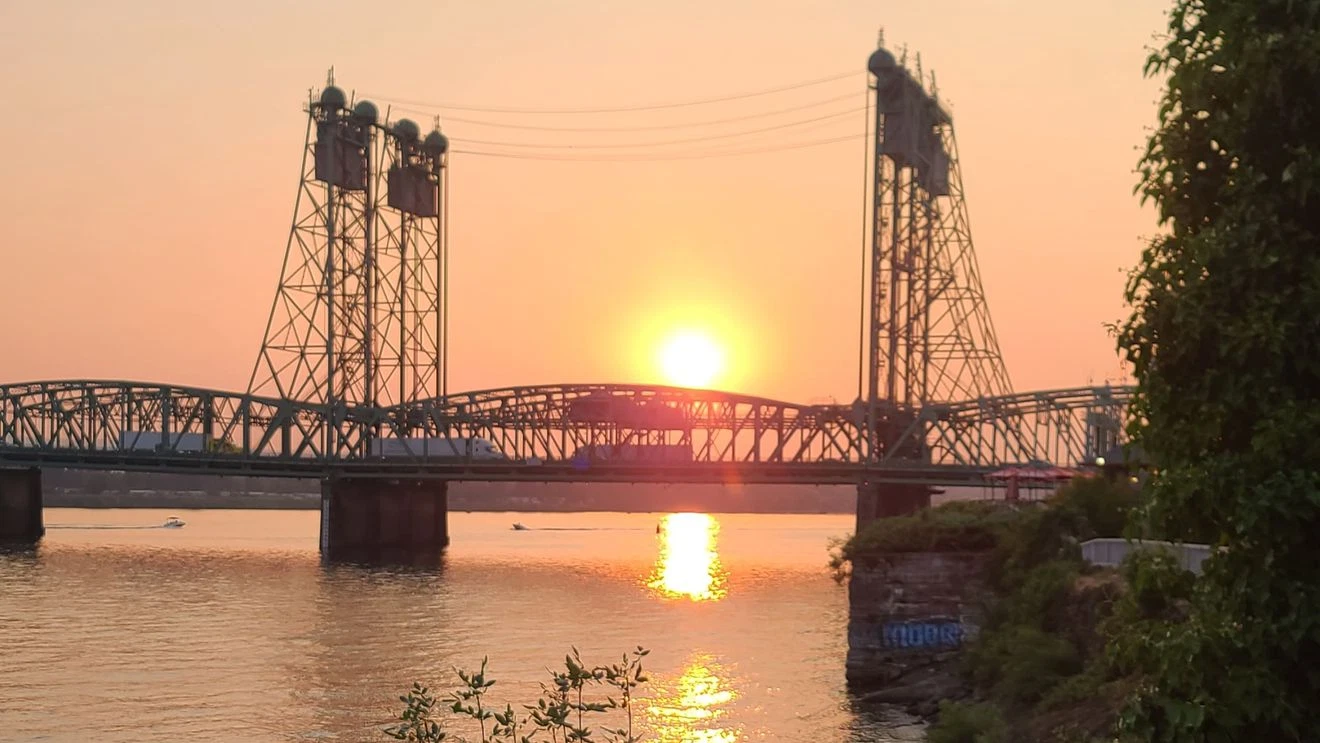PORTLAND, Ore. (KATU) — After years of debate and planning, construction of the new Interstate 5 Bridge connecting Oregon and Washington is officially on track to begin in 2026, according to project leaders.
Federal Approval Expected
Greg Johnson, the Interstate Bridge Replacement program coordinator, said the team anticipates receiving federal approval and a finalized environmental impact statement in 2026. The project update was shared earlier this week with the bi-legislative committee overseeing the effort.
“This is a critical step forward,” Johnson said, noting that federal clearance will allow work on the long-awaited project to finally begin.
Also Read
Coast Guard Decision Looms
One of the next major steps involves an application to the U.S. Coast Guard (USCG), which will decide whether the bridge can be built as a fixed span at 116 feet or if it must be another moveable span.
“That will tell us whether they will allow us to build a fixed span at 116 feet or we will be required to build another moveable span,” Johnson explained. “We’re moving both of those options forward.”
The decision is significant, as a moveable span could increase both the complexity and cost of the project.
Cost of Delays
Delays have long been a concern for local leaders, particularly in Vancouver, where Mayor Anne McEnery-Ogle has repeatedly sounded alarms about the risks of slowing the project’s timeline.
She noted that postponements could cost the region $1 million per day and warned that missing the 2027 “in-water work window” — a period when construction can proceed without harming salmon migration — could result in a full year of additional delays.
“We cannot afford to miss that window,” McEnery-Ogle said. “Every day we stall adds costs and risks pushing this project back even further.”
A Project Decades in the Making
The Interstate Bridge replacement has been in discussion for more than two decades, as officials from Oregon and Washington grappled with funding, design, and environmental concerns. The current bridge, first built in 1917 and later expanded, is considered functionally obsolete and vulnerable to earthquakes.
The project aims to create a modern crossing that improves traffic flow, ensures seismic safety, and provides expanded options for transit, cyclists, and pedestrians.
Looking Ahead
If approvals proceed as expected, construction would begin in 2026 with the goal of keeping the project on track to meet critical environmental and engineering deadlines.
“This bridge is about more than just connecting Oregon and Washington,” Johnson said. “It’s about creating a safer, more reliable, and more efficient corridor for everyone who depends on I-5.”
For now, project officials remain focused on securing federal approvals and preparing for the Coast Guard’s ruling, which could determine the final shape of the long-awaited replacement.












